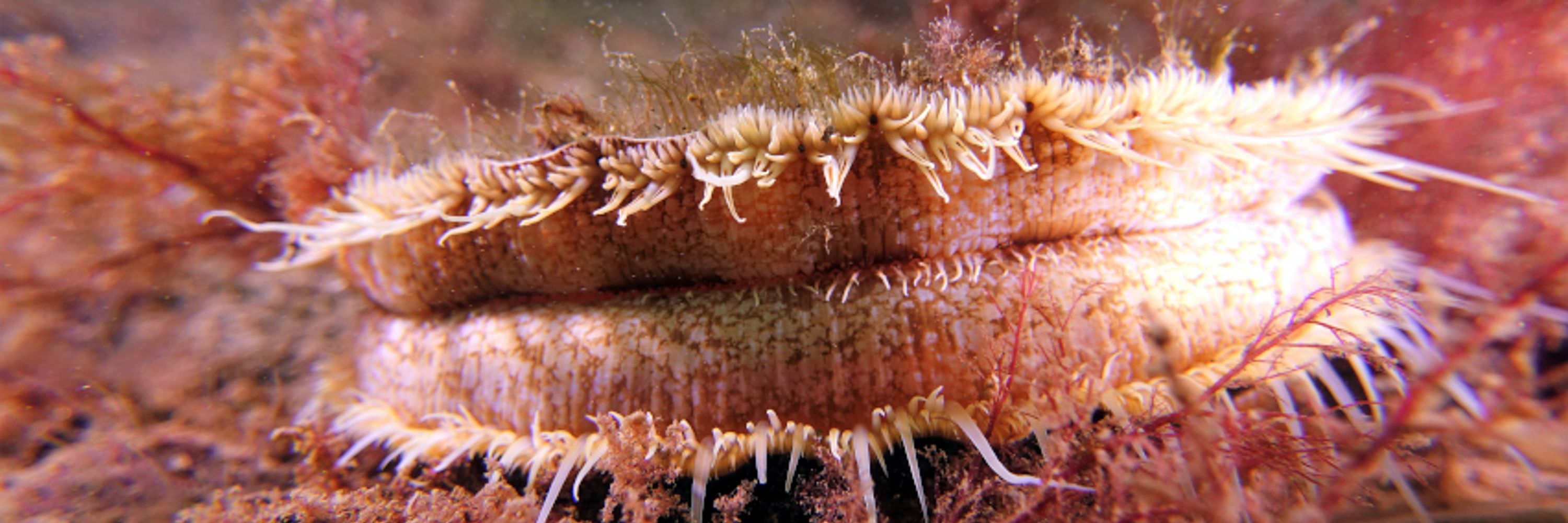
Check out our website https://www.arrancoast.com/ for Community action, education, research and lots more
The Curled Octopus is an active predator, feeding mainly on crustaceans, molluscs and other invertebrates as well as fish.
Brilliant at camouflage by changing both its colour and skin texture
The Curled Octopus is an active predator, feeding mainly on crustaceans, molluscs and other invertebrates as well as fish.
Brilliant at camouflage by changing both its colour and skin texture
@naturescot.bsky.social
@naturescot.bsky.social
The recovering complexity of the seabed now gives ideal habitat to Juvenile Cod, Gadus morhua
The recovering complexity of the seabed now gives ideal habitat to Juvenile Cod, Gadus morhua
Velvet swimming Crab, Necora puber
Velvet swimming Crab, Necora puber

